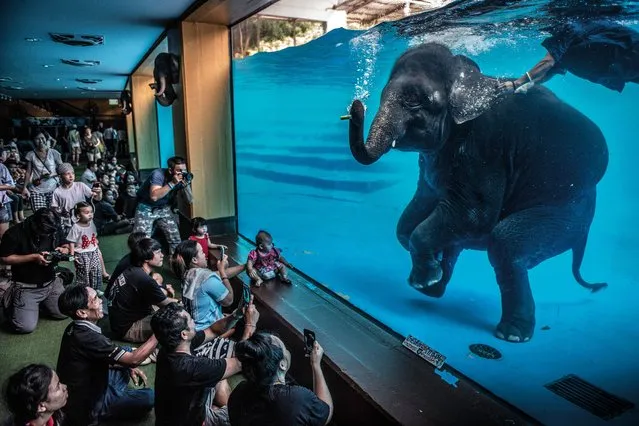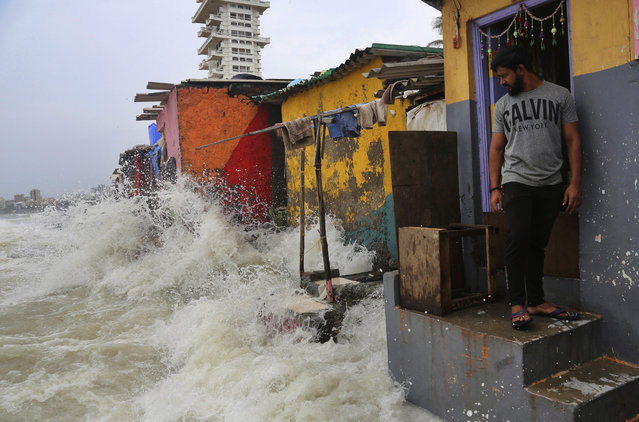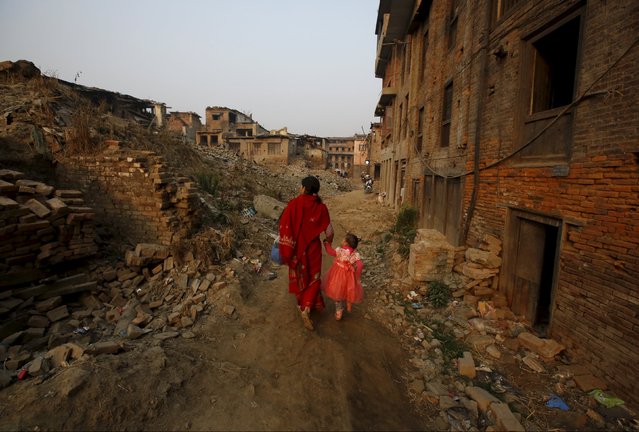
Rescuers and mother surround Adnan Mohammet Korkut after he was rescued in Gaziantep, southern Turkey, early Friday, February 10, 2023. The teenager was pulled largely unscathed from beneath the rubble of a collapsed building in the Turkish city of Gaziantep early Friday, in a dramatic rescue that belied the reality that the chances of finding many more survivors four days after a catastrophic earthquake killed tens of thousands are shrinking fast. (Photo by IHA via AP Photo)
17 Feb 2023 05:15:00,post received
0 comments







